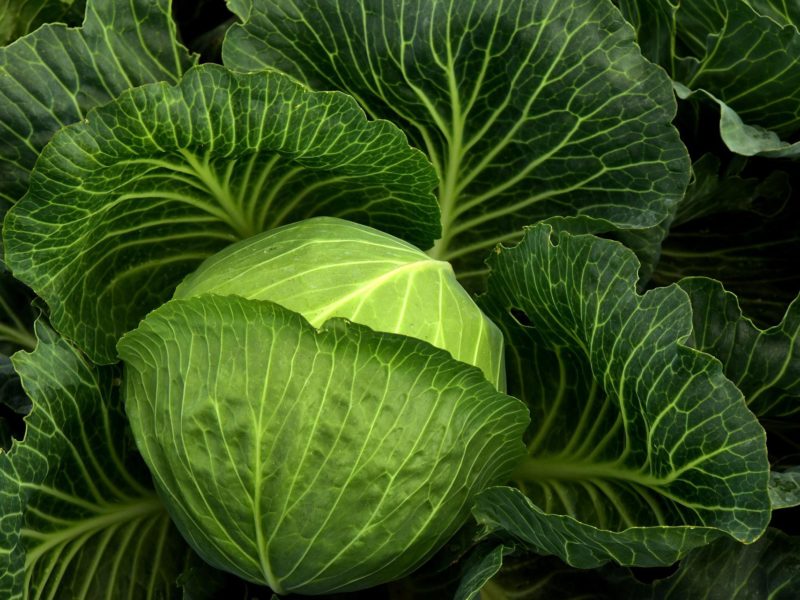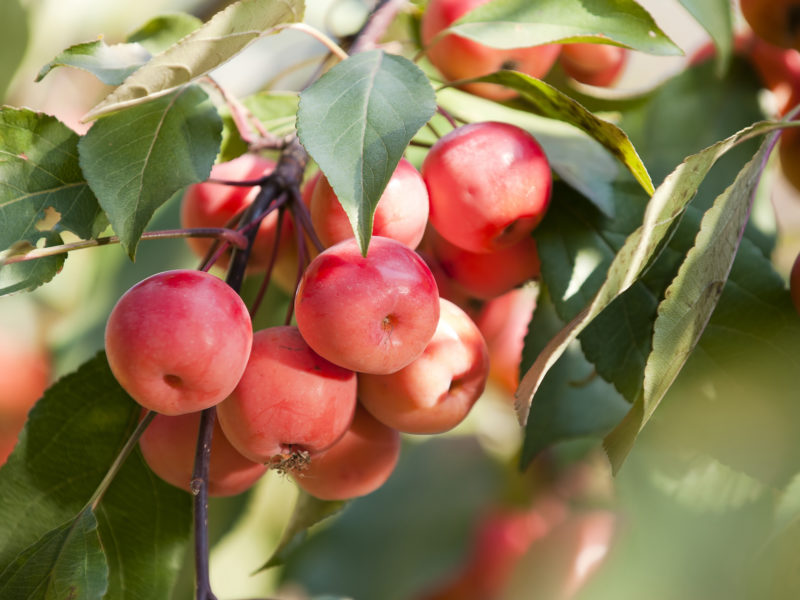In the world of gardening, winter is a time to withstand the testing weather conditions it throws at you and your plants. It’s a long process and may take a while for you to finally find your feet and kick on for the warmer months to come. However, as it’s February, there is a glimmer of light starting to shine at the end of the tunnel.
Trees and Shrubs
Well, it’s another month in winter, so the risk of frozen/waterlogged areas on your plot is still high. With this in mind, make sure you make the most of your area as possible by planting new trees where the conditions are suitable.
With the trees or shrubs you’ve had previously, carry on trimming and pruning them to keep them looking healthy preparing them for the months ahead. For your Cornus, trim them back to their winter stem colour when they start growing, most notable on young stems. When shrubs like Mahonia and Viburnum finish flowering, then is the time to start cutting them back by just a bit.
Fruit
Much like before, try to make use of the parts of your plot that haven’t been ruined by the weather by planting fruit trees where suitable. Once you’ve done what you can, start thinking about pruning some of these fruits to get the best results:
- Apples
- Pears
- Quinces
- Medlars
- Mulberries
- Raspberries (to ground level if sown in autumn, remember to weed/remove fallen leaves and apply fertiliser too)
(Side note: cherries and plums shouldn’t be pruned until the middle of summer. So, although it’s tempting, hold back from pruning them in the winter as it may cause fungal and bacterial infections.)
As always, your fruit are at risk from insects. Make sure to use Winter Tree Wash to keep your produce protected.
Flowers
As winter starts to fade, so should the doom and gloom that came with it. Brighten up your garden space with some vibrant flowers. Bring pots of Primulas, Hellebores, and bulbs to bring the blue skies back out. Not to mention the aptly named snowdrops, which are more suited to the climate than dry bulbs.
Just like last month, your Wisteria will need pruning by two buds so that they can flower. You should also be looking to prune:
- Rose Bushes
- Climbing Roses
- Late Summer Clematis (C.viticella, tangutica and large flowered hybrids that flower from July)
- Ornamental Grasses (Cut back to within a few centimetres off the ground)
Vegetables:
While winter does bring its challenges for keen gardeners, one significant upside to this time of year is that you can really keep on top of your weeds. With a little perseverance, you can set yourself in good stead for the near future.
As the weather starts to become marginally better for plant growth, it becomes a lot better for sowing seeds as a result. Here are some options that you could use this month:
- Broad Beans and Peas. If the conditions aren’t suitable, then sow them into modules and put them in an unheated greenhouse.
- Celeriac
- Leeks and Brussel Sprouts – Can also be harvested, along with Swiss chard and parsnips
- Salad Leaves
- Potatoes – place seeds in old egg boxes and leave in a light, frost free place to ‘chit’.
General Tips:
February may be a month where people share their love, but it’s also one where we start to show our plants a bit more too. By applying bonemeal to mulch your fruit trees, you’ll give your plants the best chance of developing strong roots. For bushes, shrubs and herbaceous borders, apply the same method but with either manure or compost. However, this is completely dependent on the weather conditions at the time. If the ground is frozen over, it’s better to wait another day.


